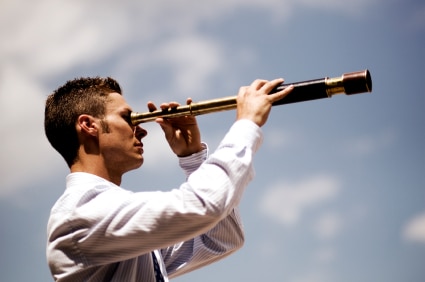The weight of evidence seems to establish the fact that old is never physiological, but pathological, at least its visible...

The weight of evidence seems to establish the fact that old is never physiological, but pathological, at least its visible...
